

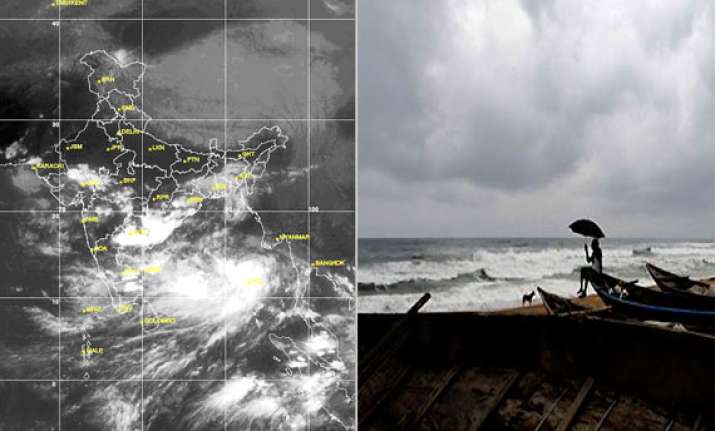
The coastal belt of Odisha is bracing for the impact of severe cyclonic storm 'Dana', which is expected to make landfall between Bhitarkanika National Park and Dhamra Port early Friday morning. The Indian Meteorological Department has issued warnings for heavy rain and high winds, with wind speeds reaching up to 120 kmph. Several districts of West Bengal are also likely to be affected, with fishermen advised not to venture into the sea. The cyclone is expected to decrease in intensity after Friday morning.
Background:
Cyclones are low-pressure systems that form over warm ocean waters, bringing together strong winds, heavy rainfall, and storm surges. The North Indian Ocean, including the Bay of Bengal, is prone to cyclones during the monsoon season (May-October).
Cyclone Dana:
On May 10, 2023, the India Meteorological Department (IMD) issued a warning for a severe cyclonic storm named 'Dana' over the North Indian Ocean. The storm is expected to make landfall on the coastal belt of Odisha between Bhitarkanika National Park and Dhamra Port early on Friday morning, May 12.
Impact:
Dana is expected to bring heavy rainfall, with isolated extreme rainfall events. Wind speeds are forecast to reach up to 120 kilometers per hour. The storm surge is likely to be 0.5 to 1 meter high, inundating low-lying coastal areas.
Several districts of West Bengal are also likely to be affected by the cyclone. Fishermen have been advised not to venture into the sea.
Response:
The Odisha government has evacuated people from low-lying areas and suspended public transport. Emergency shelters have been set up in several districts. The IMD has issued color-coded alerts to warn people of the impending danger.
Top 5 FAQs and Answers:
1. What is the expected landfall of Cyclone Dana? A: Between Bhitarkanika National Park and Dhamra Port, Odisha.
2. When is the expected landfall of Cyclone Dana? A: Early Friday morning, May 12.
3. What are the expected impacts of Cyclone Dana? A: Heavy rainfall, strong winds, storm surges, and coastal flooding.
4. Which states are likely to be affected by Cyclone Dana? A: Odisha and West Bengal.
5. What precautions should people in affected areas take? A: Follow evacuation orders, secure homes, stay away from coastal areas, and store emergency supplies.

The University Grants Commission (UGC) has announced draft guidelines for introducing skill-based courses and micro-credentials in higher education institutions, aligning with the objectives of the National Education Policy 2020. These courses, including emerging fields such as data analytics and AI, aim to enhance students' employability and support economic growth through a qualified workforce. Feedback on the guidelines will be accepted for the next 30 days, giving students and educators a chance to provide their input.
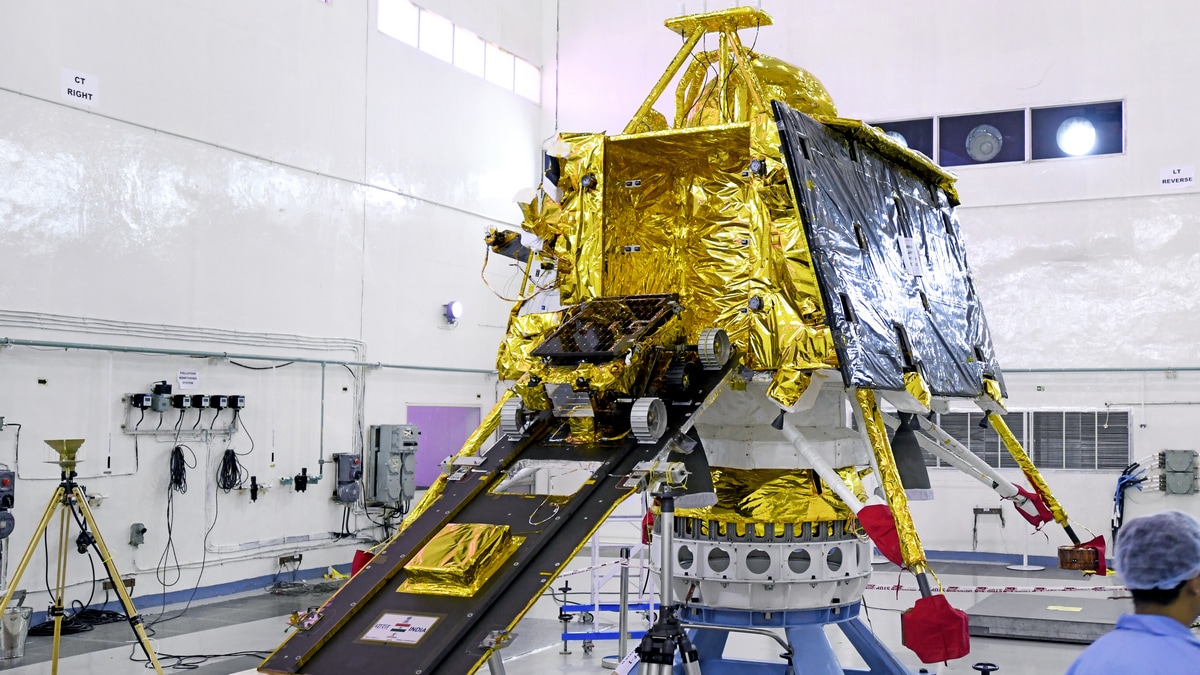
Indian Space Research Organisation (ISRO) has successfully placed two satellites, weighing 220kg, into a circular orbit of 475 km for a crucial space docking technology demonstration. This mission also included the launch of POEM-4 with 24 payloads from startups, industries, and academia. Scientist S Somanath stated that the docking process is expected to take place on January 7, after operations at ISTRAC Bengaluru from December 31. This mission is a major step towards future space missions for India.

The Indian Space Research Organisation (ISRO) launched the PSLV C60 mission on Monday night, marking a historic moment for the country's space exploration. The mission involved the launch of two spacecraft, which will demonstrate India's capabilities in orbital docking- a crucial technology for future human spaceflight and satellite servicing missions. With this achievement, India joins an elite group of countries with this technology, furthering the country's ambitions to send humans to the Moon and establish its own space station.

India's ISRO launched its Polar Satellite Launch Vehicle (PSLV-C50) carrying two spacecraft, Spacecraft A and B, to test key technologies for the future establishment of a space station. This mission is a precursor to ISRO's goal of setting up its own space station by 2035 and will aid in space docking, satellite servicing, and future interplanetary missions. The successful launch marks another milestone for India's growing space program.
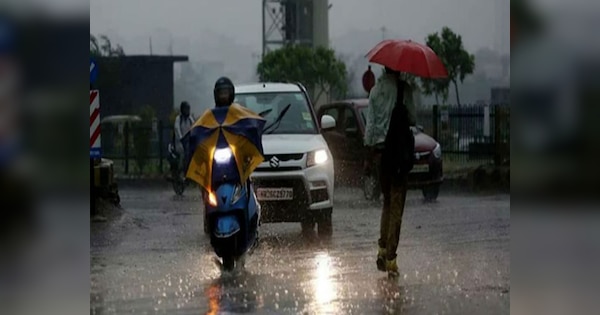
A new western disturbance is expected to affect the state of Rajasthan, bringing in light to moderate rain and hailstorms on Thursday. The India Meteorological Department (IMD) has predicted this system to also bring snowfall in the Himalayan region. North India continues to face severe cold wave conditions, with some states experiencing temperatures as low as -10.6 degrees Celsius. However, some relief may be in sight for Rajasthan with these weather changes.

A team of researchers has developed a groundbreaking algorithm to efficiently transform a given matrix by setting its rows and columns to zero in place. This new algorithm, which has been extensively tested and refined, has the potential to greatly improve the computational efficiency and speed of this common operation in the fields of mathematics and computer science. With this breakthrough, scientists and programmers will have a powerful tool to more effectively manipulate and analyze data in various applications.

Every year on December 22, National Mathematics Day is celebrated to honor the life and achievements of Srinivasa Ramanujan, one of the most influential mathematicians in history. Despite growing up in extreme poverty, his groundbreaking contributions to mathematics continue to inspire researchers today. This day not only celebrates his legacy but also recognizes India's rich history in mathematics and encourages students to explore the world of numbers.

A bone box with the inscription "James, son of Joseph, brother of Jesus" was recently put on display in Atlanta, Georgia. The box is believed to have once held the remains of James the Just, brother of Jesus, making it the oldest physical evidence of Jesus. Despite some controversy and accusations of forgery, the box has been declared authentic by experts.
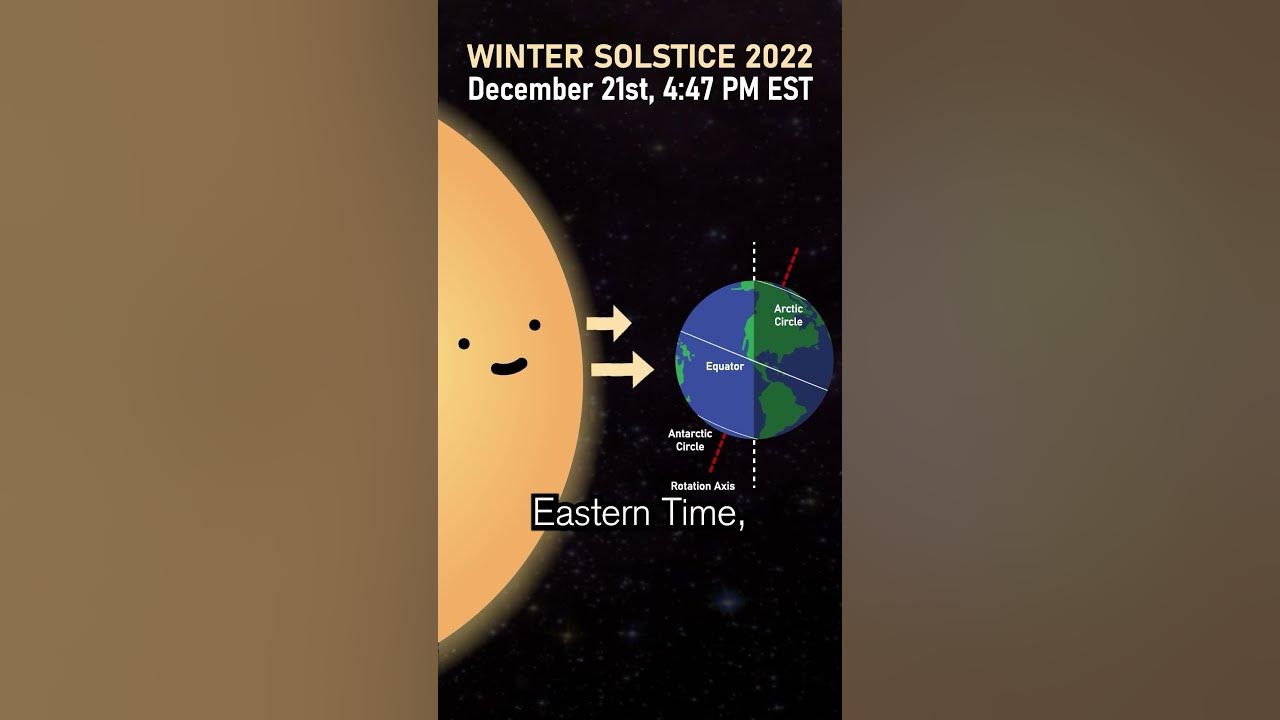
As the winter solstice approaches on December 21st, the Northern Hemisphere will experience the shortest day and longest night of the year. This natural phenomenon has captivated people for centuries, with ancient traditions and festivals taking place around the world. Through science, we can understand why this occurs and how it affects different regions of the world differently.
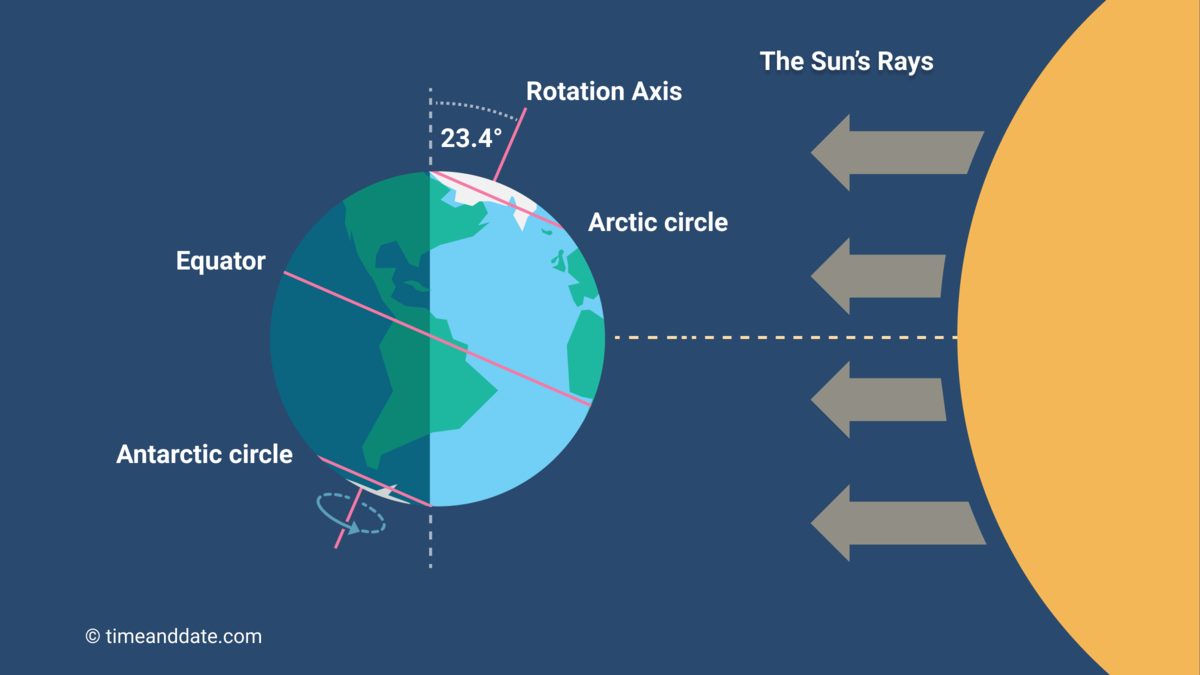
Every year, the Northern Hemisphere experiences the arrival of winter on the winter solstice, which marks the shortest day and longest night due to the Earth's tilt on its axis. As the North Pole is furthest from the sun, it receives the least amount of sunlight, resulting in a gradual lengthening of days towards the arrival of spring. This year, the winter solstice falls on December 21 and will be celebrated by people worldwide in various ways to mark the significant celestial event.